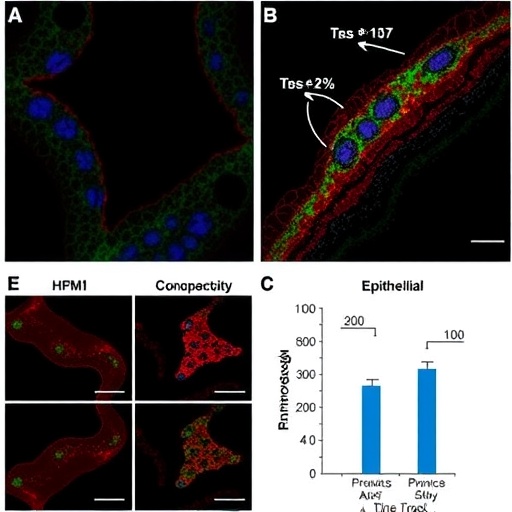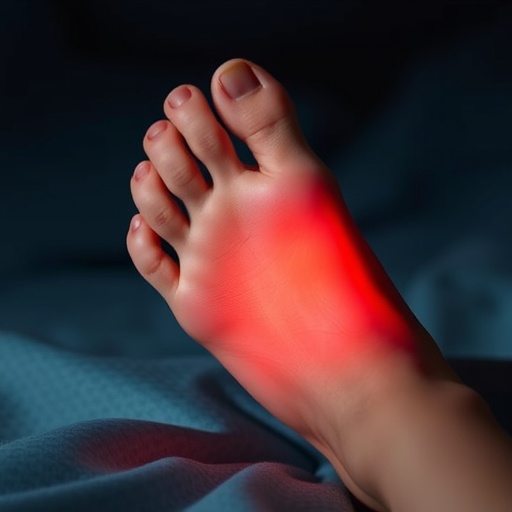Rutgers study in Colombia can be used as a model to address health disparities worldwide

Credit: Rutgers University
A Rutgers-led study in Colombia can help health care providers across the globe develop plans to improve surgical care access in their regions.
The study, published in The Lancet Global Health, is the first to use primary (actual) population data to assess a country’s surgical needs and identify gaps in care. The study was conducted by Gregory Peck and Joseph Hanna, assistant professors of surgery at Rutgers Robert Wood Johnson Medical School, in conjunction with researchers at Universidad de los Andes in Bogotá and the Colombia Ministry of Health.
According to the Lancet Commission on Global Surgery, 5 billion people worldwide lack access to safe and affordable surgical and anesthesia care. Using the Commission’s six core surgical indicators – access to a hospital equipped for emergency and essential surgery within two hours; density of specialist surgical providers; number of surgical procedures provided per 100,000 people; mortality rates of surgical care; and the risk that both indirect and direct costs of surgery will drive people into poverty – the researchers assessed nationwide data on Colombia.
They found that out-of-pocket health care expenses led 6.4 percent of the population in Colombia to become impoverished and 19.4 percent to incur catastrophic expenditures in 2007. In addition, 17 percent of the population did not have access to surgical, anesthetic and obstetric services within a two-hour drive.
Surgical, anesthetic and obstetric provider density in Colombia also fell short of the Commission’s minimum target of 20 providers per 100,000. However, despite the high volume of surgical cases per specialists, the study found a relatively low proportion of post-surgical deaths. “The relatively high total operative volume that Colombian surgical, anesthetic and obstetric providers and nurses are able to achieve with limited resources is a testament to their hard work and remarkable dedication,” said Hanna.
“This type of population study is key to understanding the health of a population and informing policy that can improve the health of communities,” said Peck, who has spent nearly a decade working with Colombian hospitals to create strategic plans for improving trauma and surgical care at the whole population level. “The Colombian Ministry of Health can look at our findings to develop a comprehensive, nationwide health care plan.” Strategies include improving access to public transportation and addressing the disproportionate location of surgical specialists to population need in certain regions.”
“This model of population analysis can be used in the United States to identify needed health care policy improvements,” said Peck, who is investigating how to apply similar population research and surgical plans in New Jersey.
“Access to surgical care is left out of 60% of health care plans worldwide, including in the United States. The COVID-19 pandemic has highlighted that real disparity exists here with worse outcomes for poorer communities and communities of color,” he said. “While New Jersey residents do not struggle with proximity to hospitals as do many in Colombia, the state has socioeconomic barriers in the quality and cost of available health care. By determining where these disparities exist, we can inform future policy here as is being done in Colombia.”
###
Media Contact
Jillian Prior
[email protected]
Original Source
https:/





